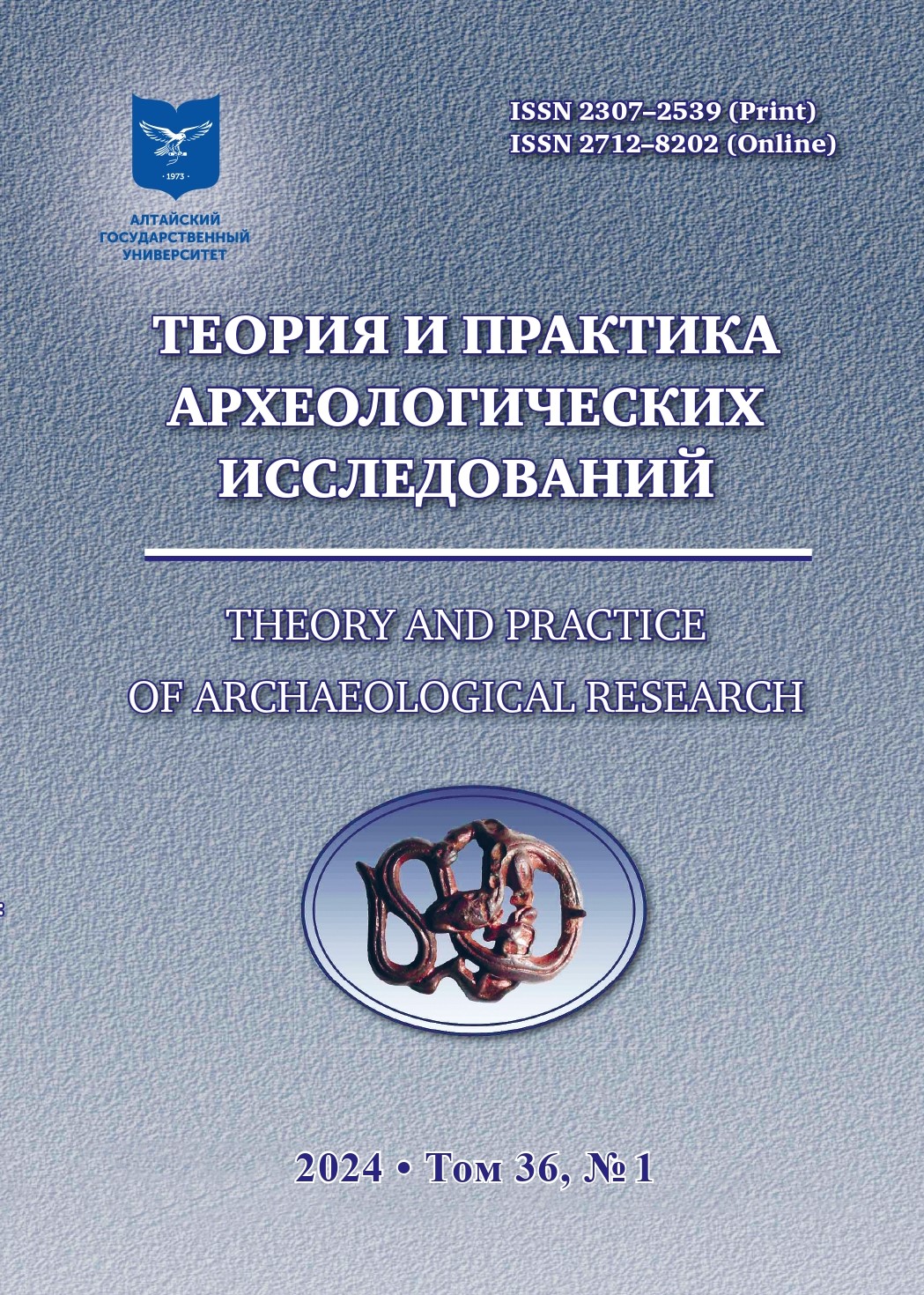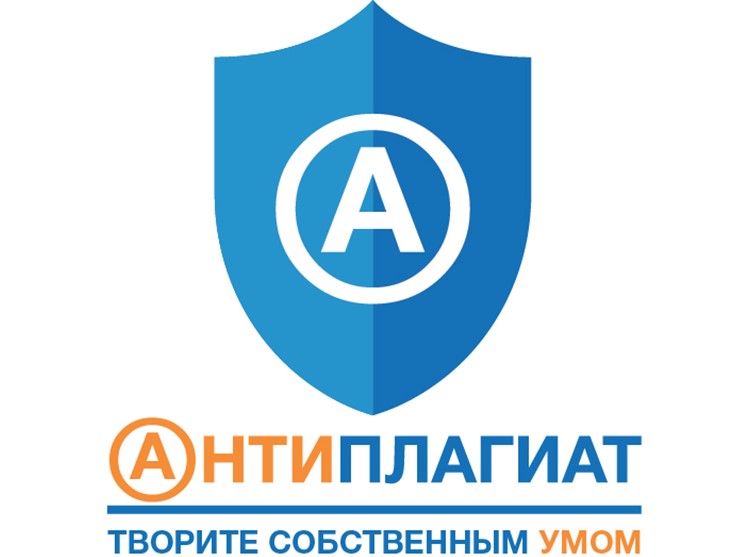CURRENT DOCUMENTATION OF SIMPLE “DEER” STONES IN KYRGYZSTAN
Abstract
In order to establish the western boundaries of the spread of “deer” stones, special surveys were launched in 2023 in the part of the territory of eastern Kyrgyzstan. During the shortterm work, timely documentation of ancient statues was carried out. In addition to previously known such archaeological sites, a new find has been recorded in the Kochkor Valley, which is introduced into scientific circulation for the first time. The study of “deer” stones is important for the implementation of the project of the Russian Science Foundation. The article publishes three small sculptures made of specially prepared stones and conditionally belonging to the category of simple ones. They only have images of two rings on the sides in the upper part. With the help of digital technologies, 3D-models of the stele were obtained and computer drawings were performed, allowing to determine the necessary parameters for a detailed description. Systematic studies of “deer” stones in Kyrgyzstan will clarify their archaeological and historical context.
Downloads
Metrics
References
Volkov V.V. Fossil Stones of Mongolia. М. : Nauchny Mir, 2002. 248 p. (In Russ.)
Mokrynin V.P. On the Traces of the Past (Popular science essay). Frunze : Kyrgyzstan, 1986. 126 p. (In Russ.)
Mongol ba bus nutgiin bugan khushuunii soel: Erdem shinzhilgenii catalogue. Bot’ I–II /ed. by Ts. Törbat. Ulaanbaatar : Admon HHK, 2021. 496 n. (In Mong.)
Savinov D.G. Olenye Stones in the Culture of Nomads of Eurasia. St. Petersburg : Izd-vo S.-Peterburg. un-ta, 1994. 208 p. (In Russ.)
Tabaldiev K.Sh. Ancient Sites of Tien-Shan. Bishkek : V.R.S. Company, 2011. 320 p. (In Russ.)
Tabaldiev K.Sh. Ancient Ethno-cultural Links between Altai and Tien-Shan (Tenir-Too, Ala-Too). Mir Bol’shogo Altaya = The World of the Greater Altai. 2017;3(4):580–595. (In Russ.)
Tishkin A.A. “Deer” Stones of Mongolia and Adjacent Territories as One of the Indicators of Archaic Nomadic Empire (to the statement of the question). In: V (XXI) All-Russian Archaeological Congress. Barnaul : AltGU, 2017. P. 1026. (In Russ.)
Tishkin A.A., Tabaldiev K.Sh., Bondarenko S.Yu. The Use of Digital Technologies in Documenting the “Deer” Stones in Kyrgyzstan. In: Modern Solutions to Urgent Problems of Eurasian Archaeology. Vol. III. Barnaul : Izd-vo Alt. un-ta, 2023. P. 281–286. (In Russ.) DOI: 10.14258/msapea.2023.3.57
Copyright (c) 2024 А.А. Тишкин, К.Ш. Табалдиев, С.Ю. Бондаренко, Б. Бообек уулу

This work is licensed under a Creative Commons Attribution 4.0 International License.
Theory and Practice of Archaeological Research is a golden publisher, as we allow self-archiving, but most importantly we are fully transparent about your rights.
Authors may present and discuss their findings ahead of publication: at biological or scientific conferences, on preprint servers, in public databases, and in blogs, wikis, tweets, and other informal communication channels.
Theory and Practice of Archaeological Research allows authors to deposit manuscripts (currently under review or those for intended submission to ABS) in non-commercial, pre-print servers such as ArXiv.
Authors who publish with this journal agree to the following terms:
- Authors retain copyright and grant the journal right of first publication with the work simultaneously licensed under a Creative Commons Attribution License (CC BY 4.0) that allows others to share the work with an acknowledgement of the work's authorship and initial publication in this journal.
- Authors are able to enter into separate, additional contractual arrangements for the non-exclusive distribution of the journal's published version of the work (e.g., post it to an institutional repository or publish it in a book), with an acknowledgement of its initial publication in this journal.
- Authors are permitted and encouraged to post their work online (e.g., in institutional repositories or on their website) prior to and during the submission process, as it can lead to productive exchanges, as well as earlier and greater citation of published work (See The Effect of Open Access).








2.jpg)




